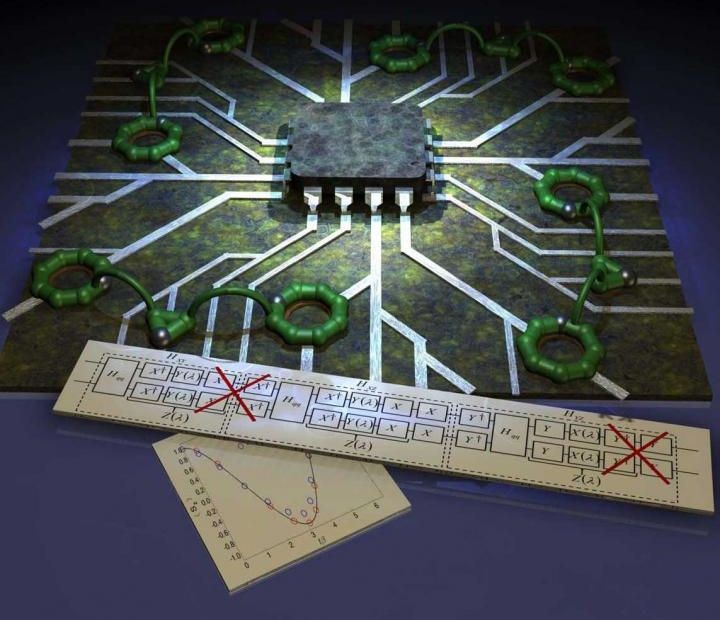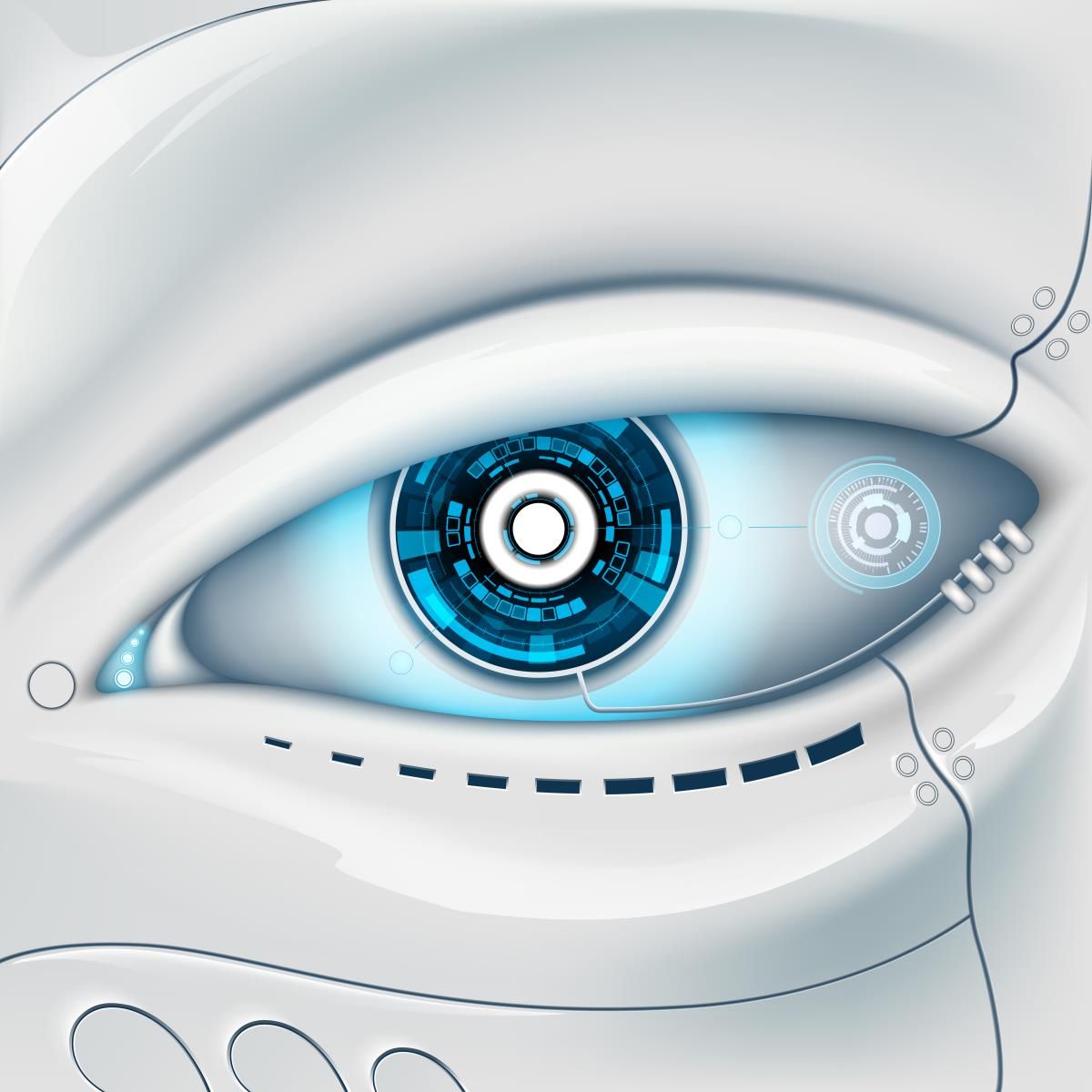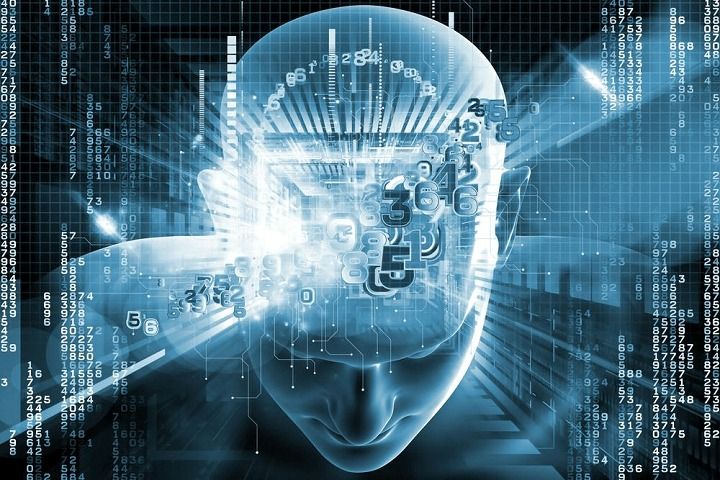Nov 10, 2016
Stable quantum bits can be made from complex molecules
Posted by Karen Hurst in categories: chemistry, computing, information science, quantum physics
Quantum computing is about to get more complex. Researchers have evidence that large molecules made of nickel and chromium can store and process information in the same way bytes do for digital computers. The researchers present algorithms proving it’s possible to use supramolecular chemistry to connect “qubits,” the basic units for quantum information processing, in Chem on November 10. This approach would generate several kinds of stable qubits that could be connected together into structures called “two-qubit gates.”
“We have shown that the chemistry is achievable for bringing together two-qubit gates,” says senior author Richard Winpenny, Head of the University of Manchester School of Chemistry. “The molecules can be made and the two-qubit gates assembled. The next step is to show that these two-qubit gates work.”
















